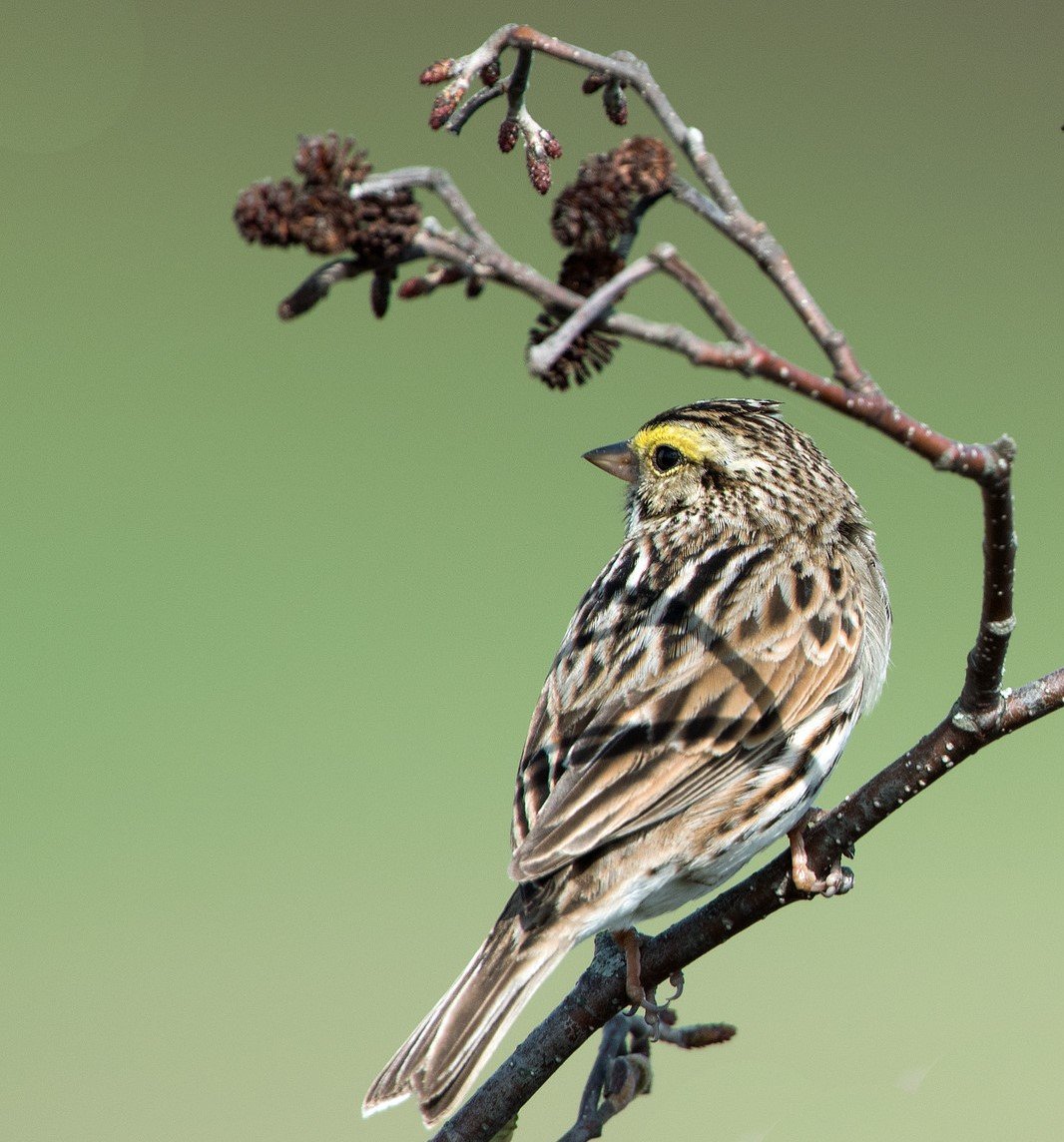It was a very gray day yesterday. The water in our field pond was dark and reflected its surrounding crop of cattails, which, themselves, were full of shadows. While scanning the pond’s far bank for turtles, my eyes told my brain that they were seeing something that was not the usual, often-seen pondscape.
After a few seconds, my brain matched two familiar forms in my memory, which I hope you can see here: two male wood ducks sitting still in the water’s edge, apparently waiting for me to leave:
It was surprising to see how well the stripes that break up the ducks’ heads and bodies can camouflage these flamboyant birds.
When I raised the camera and took the first image, the birds rose from their hiding places with spectacular splashes and were gone in seconds:
(Images taken in Brooklin, Maine, on April 13, 2022.)







































































